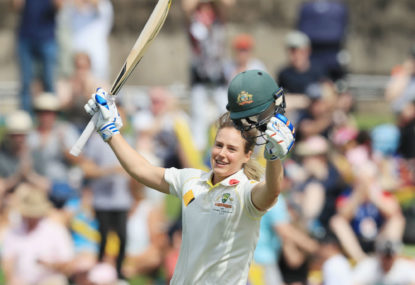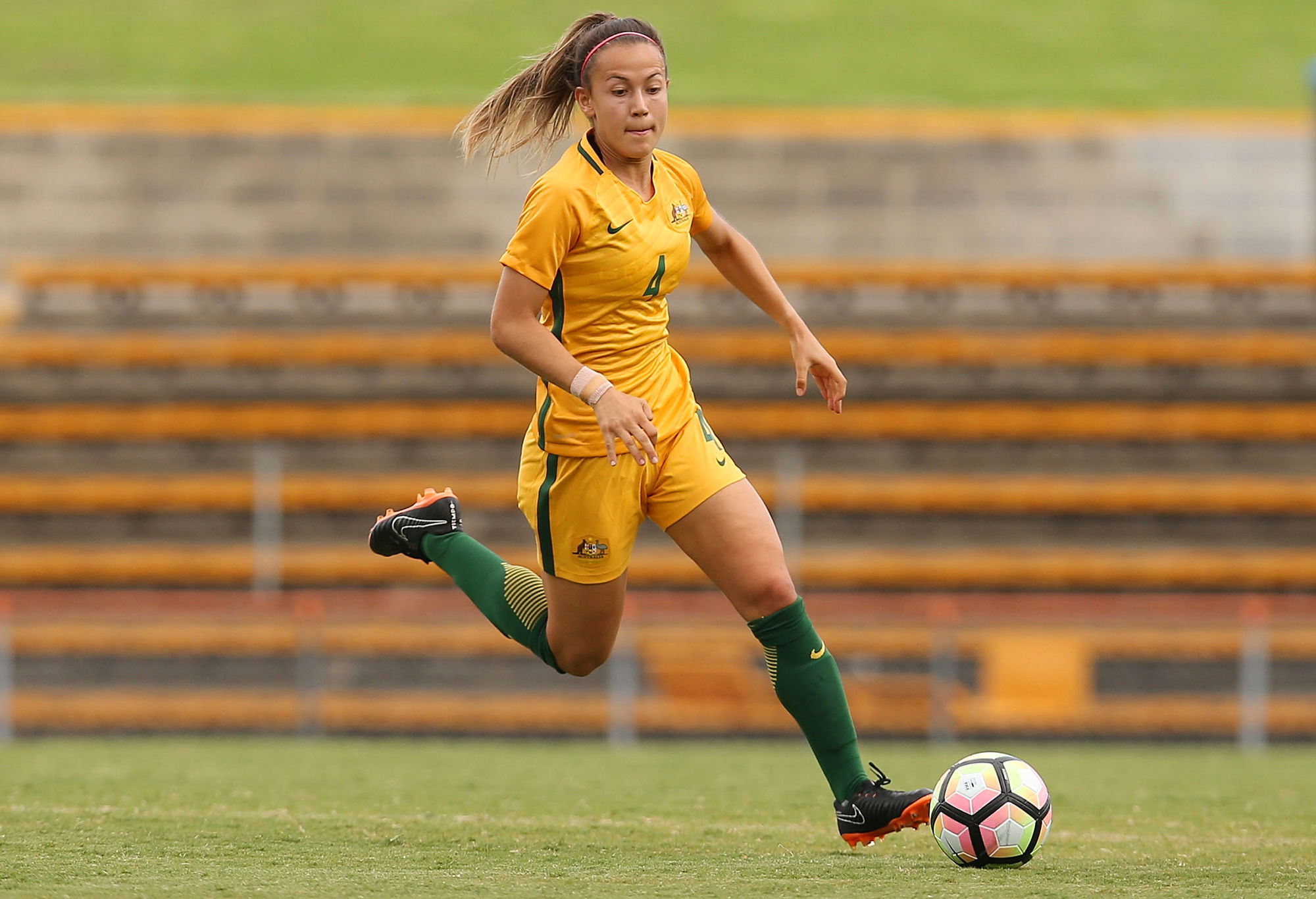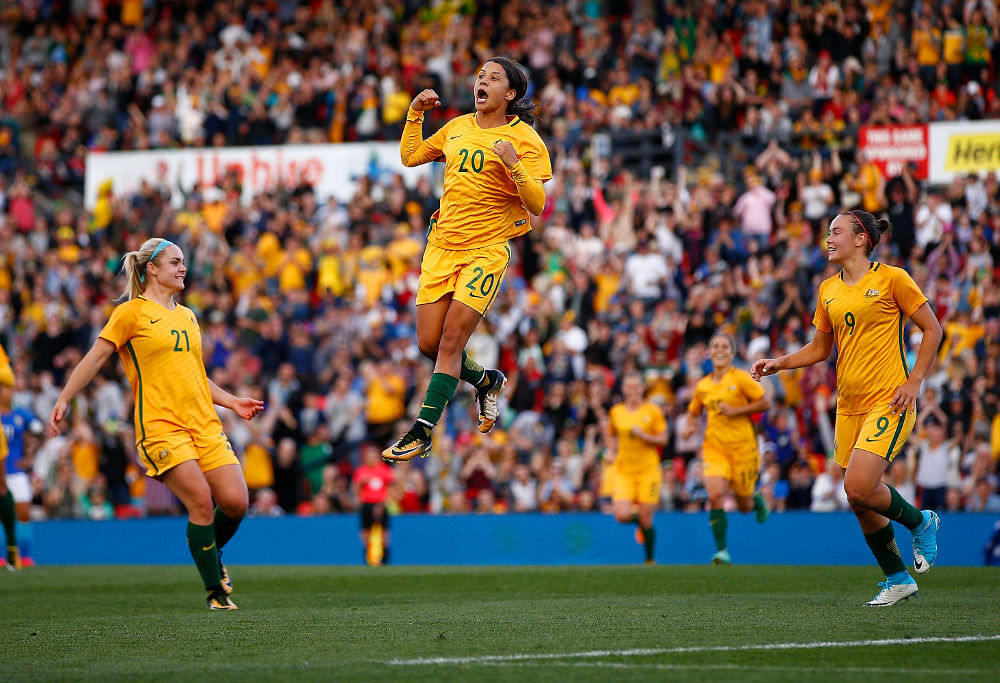JackJumpers' NBL title was special - but where does it sit among Tasmania’s top ten sporting moments?
It’s a pretty good time to be a Tasmanian sports fan right now. After years in the sporting wilderness with not much to celebrate,…

This is a huge topic, which could potentially stretch across a wide variety of issues.
In an attempt to focus the discussion on one key area for the purpose of this article, the discussion will centre on participants rather than administrators. Issues such as board representation and related gender imbalance issues in governance will not be dealt with here.
An examination of equality in these areas deserves separate consideration, and reaches way beyond just sport.
What inequality?
Perhaps the best place to begin this discussion is at an obvious starting point – women make up half of the world’ s population. Newsflash. It would seem to follow then that sporting participation levels should be split equally, as should all other related resources.
Unfortunately, we know this is not the case. Although studies in the US show that a relatively healthy 40 per cent of all participants in regular physical activity are female, those same studies (conducted by the Tucker Centre for Research in Girls and Women in Sport at the University of Minnesota) highlighted that only four per cent of national sports media coverage related to female sport.
It is not hard to find further examples of unequal treatment of female athletes.
In 2015, the USA women’s national soccer team won the FIFA Women’s World Cup and received $2 million in prize money. One year earlier in 2014, the USA men’s national soccer team finished ninth in the FIFA Men’s World Cup, and received $9 million for their efforts.
There have been questions asked and eyebrows raised in the AFLW and W-League as some clubs saw their female teams training away from the main facilities afforded to the men, sometimes on significantly inferior grounds located a considerable distance away from the main club venue.
Coaches and support staff have similarly been supplied on a shoestring budget in some instances, doubling up as youth team coaches, or receiving little pay or ‘honorariums’ as recognition for their time.
Corners have been cut with travel budgets, with cheaper airlines, less convenient flights and budget accommodation allegedly directed towards the female teams.
Some might say that such concessions are a necessary part of growth, and that you cannot expect equality right away. Personally, I think women have waited long enough, and with the budgets available to many professional elite sports organisations in this sport-obsessed country, that excuse just does not wash anymore.

The Young Matildas are on the rise (Photo by Jason McCawley/Getty Images)
Possible solutions
Legislating for change is rarely the best single way to effect real changes in attitude, though of course it has its place as a failsafe measure.
Ideally, laws should exist to protect cultural norms, not create them in isolation. For attitudes towards women in sport to change in real life situations and not just in the statute book, the mind-set switch needs to be genuine and organic, rather than forced by law. Laws are of secondary importance if community and business leaders don’t actively ‘live’ them.
Bianca Barrett, writing for Forbes, explains this perfectly: “Though active discrimination is on the decline, it is the ingrained gender ideals still perpetuated by society that are proving the most inhibitive.”
In a free market capitalist economy, the other thing we should try to avoid is forcing corporate partners (e.g. broadcasters and sponsors) to stump up equal sponsorship money and broadcast time based on gender. Companies pay large amounts of money to be associated with certain teams and brands, and it’s up to them how they spend their own money.
Instead, it is incumbent upon the marketing departments around Australian sport to ‘sell’ the female story – it should not be too hard to convince partners to get on board with the right product that speaks to such a huge and relatively untapped market – that is, the physically active female.
The AFLW and WBBL bear testament to this. If we can’t sell it, we should look at the product and question what we need to do to improve it for it to become an attractive proposition, rather than blame the buyer.
Some other mooted measures which have been offered as possible ways to combat inequality are listed below. Some are more controversial than others, and some more expensive to implement, but all are worthy of consideration:
• Provide family friendly environments – most women have children, so making it easier for them to participate seems a no-brainer;
• Scheduling in professional sport – alternate the ‘big night’ in Grand Slams, so that men and women both get a crack at the prime time slot. Don’t use women’s events as warm-up for the men’s version (Cricket is leading the way here in Australia with standalone WBBL fixtures, and the ICC World Cup in 2020 scheduled as a separate event);
• Highlight female role models – this is the concept of “If you can’t see it, you can’t be it”. Women such as Ellyse Perry and Sam Kerr are fantastic examples who need to be replicated;
• Focus on co-educational schooling (at least in sports) until secondary school – this normalises equality in the sporting arena from a young age;
• Rotate facility use if necessary – ensure that females are not forced to the scrappy ‘reserve’ pitch/oval/wicket out back;
• Highlight and encourage media reporting on female sport – consumers to be made aware of the choices available to them when choosing how and what they want to read about. (e.g. a dedicated female section in each sports news section of a newspaper).

Sam Kerr of the Matildas. (Photo by Zak Kaczmarek/Getty Images)
For the mass media companies to make positive change with regard to women sports, perhaps they need to hire more women? It is suggested that when women are given the opportunity to interview athletes, they stand a better chance of giving fellow women more airtime as compared to their male counterparts.
Change the game
Chelsea FC pioneered a mixed sex concept as part of their ‘Changing the Game’ initiative called ‘3 v 3’ which redefined the object of the game. Teams still had to score more goals than the other team to win, but goals were not counted unless each team member had touched the ball, and girls and boys had to rotate the scoring.
This encouraged teamwork and placed an emphasis of the efforts of each individual, rather than simply rewarding a dominant player;
Fund female coaching programs
2016 Routledge Research in Sports Coaching survey in Australia found that all national coaching positions were held by men, except netball and gymnastics.
It’s not surprising then that a glut of coaches approaching a sport from their perspective as males who have progressed through a particular pathway may struggle to empathise and connect with what may be an embryonic female cohort.
History takes place now. The decisions we take today dictate our future direction, and our legacy. It is simply not enough to cross our fingers and wait for change to happen organically.
Tegan Higginbotham in her introduction to the excellent book ‘Balancing Acts: Women in Sport’, succinctly summed up the current gender landscape facing women in sport;
“Clearly, we still have a long way to go. But the genie is well and truly out of the bottle, and now, there’s no going back”.